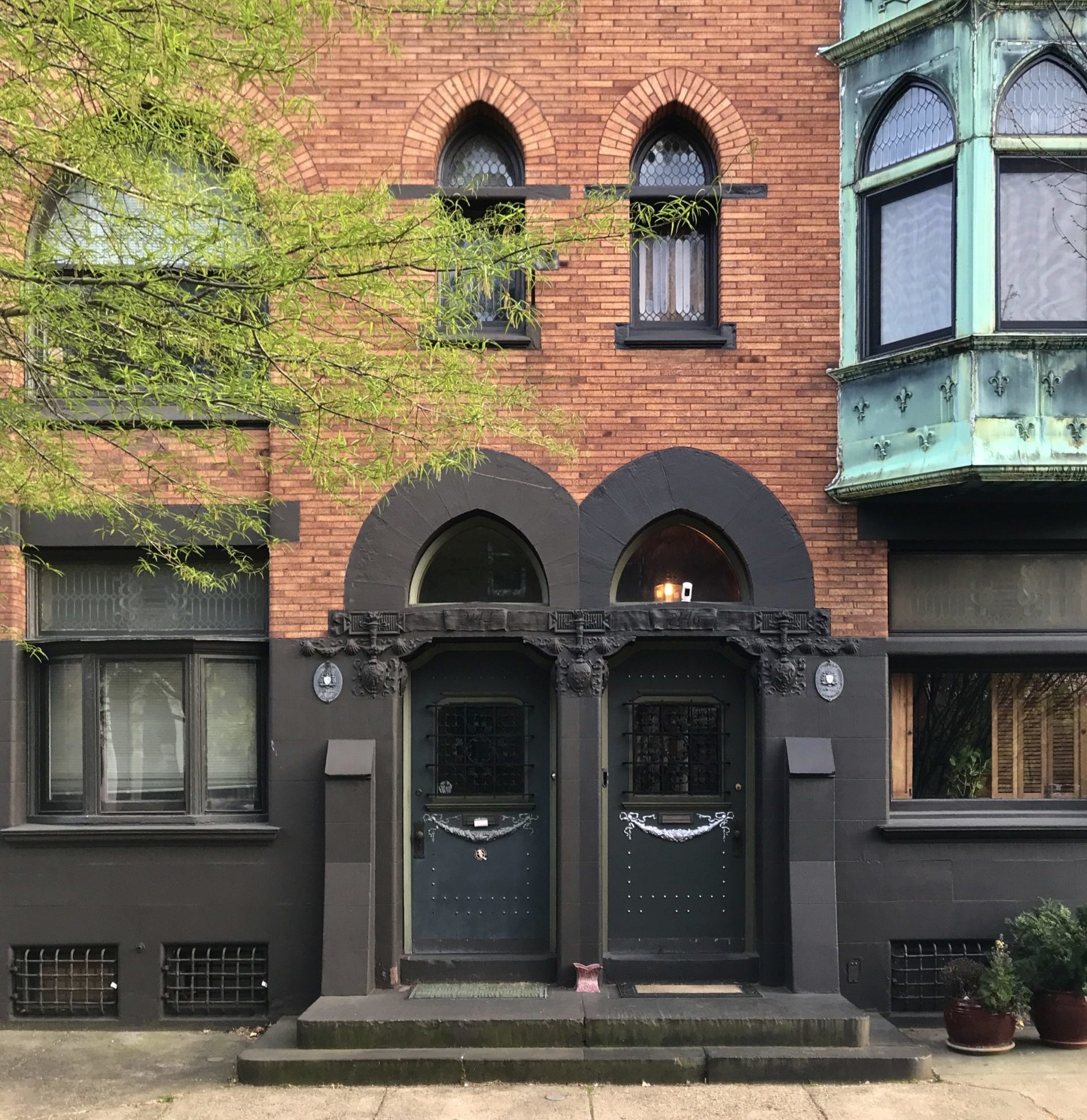Thinking of buying your first investment property? Philadelphia offers first-time real estate investors excellent opportunities to create passive income streams while contributing to the improvement of its neighborhoods. We spoke with Alex Franqui, an agent at Solo Real Estate, to get the inside scoop on how to buy an investment/rental property, deal with contractors and circumvent management issues.
“Investors are coming from outside Philadelphia because you can still buy properties here in the $250,000 to $350,000 range in neighborhoods that have already seen a lot of reinvestment,” said Franqui who recommends setting aside another twenty-five thousand for improvements. “Those improvements can increase the value of your property by as much as $50,000, as well as command higher rents. You want to avoid a full gut rehab and find a property that needs updating, but is in livable condition.”
Another reason to take the plunge? Interest rates are still at an all-time low!
Best Neighborhoods to Invest In Right Now
If you think that all the popular neighborhoods are out of your price range don’t worry, Philly still has plenty of exciting opportunities all across the city for discerning new investors.
“For the last decade, out-of-state investors were focused on Fishtown. Now the New Kensington Development Corporation is investing in the area north of Lehigh Avenue.” This includes the $17.8 million conversion of the former Orinoka Mills textile factory into a 51-unit residential property and the $7.5 million renovation of another textile mill into Coral Street Arts House, providing 27 living/work spaces for artists.
Another up-and-coming area is Strawberry Mansion, north of Brewerytown and east of Fairmount Park in North Philadelphia. The architecture reflects its former middle-class Jewish community, 1890-1950. Franqui views Strawberry Mansion as a good, long-term return on investment. He also sees new investors looking into neighborhoods like Germantown in Northwest Philly and Mantua adjacent to Poweltown Village in University City. What do these neighborhoods have in common? Easy access to Center City and major highway arteries.
Meanwhile, there are still bargains to be had in West Philly and Point Breeze. “Point Breeze is still viable in the $175,000 to $250,000 range,” said Franqui who recently showed several properties there to first-time investors. He attributes the rise in prices of Cedar Park properties in West Philly to the University of Pennsylvania’s ongoing contribution of $1,330 per child in Penn Alexander Elementary School at 4209 Spruce. However, there are still attractive investment opportunities adjacent to Cedar Park in the Kingsessing neighborhood where Bartram’s Garden is located.
Management expertise
Franqui has a unique understanding of Philly’s diverse neighborhoods. His parents, Deborah Solo and Angel Franqui, the owners of Solo Real Estate, moved to Northern Liberties in 1987. “It was one of the first neighborhoods to experience rapid reinvestment, growth, and development, along with the Graduate Hospital area,” said Franqui.
“My background is in City Planning, and my mother’s background is in architecture; we encompass all the expertise an investor needs. With 70 years of experience, managing 500 units for different owners, Solo Real Estate is a full-service management company. “We get multiple bids from contractors. If you have a small job, it’s difficult to find a plumber or roofer. But we do enough business with them that they will handle the job,” said Franqui. “Our team at Solo will help you manage your property so it doesn’t become your full-time job and help maximize your return on investment.”
“We can also tailor our services to each investor’s preferences and budget. In the long run, a patient investor can do well here,” said Franqui. “Our goal is to improve neighborhoods, to maintain the character of their built environment, to renovate and restore.”
Interested in purchasing your first investment property? We can help! Learn more about our property investment and property management services here, and contact us for more information.

